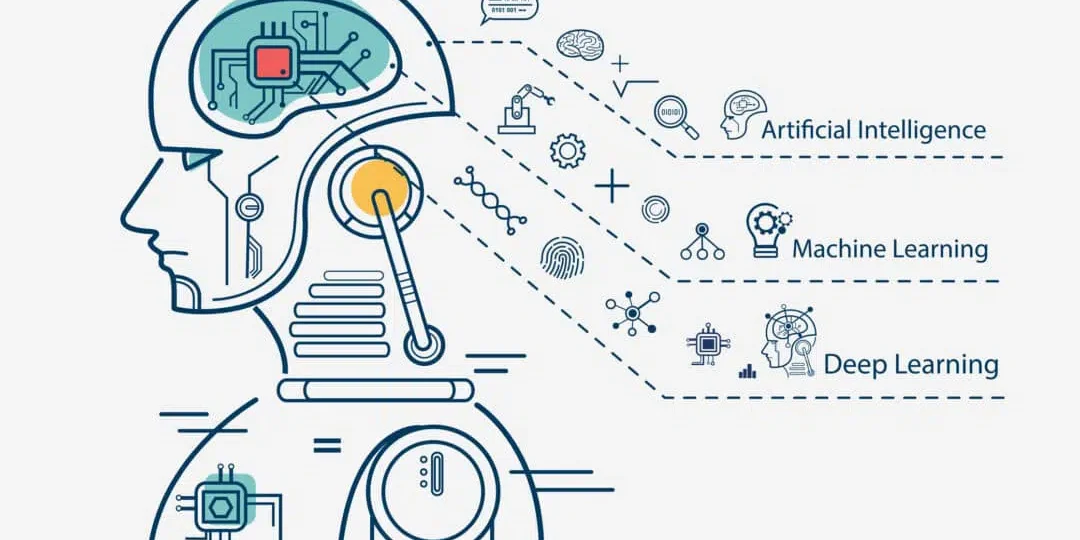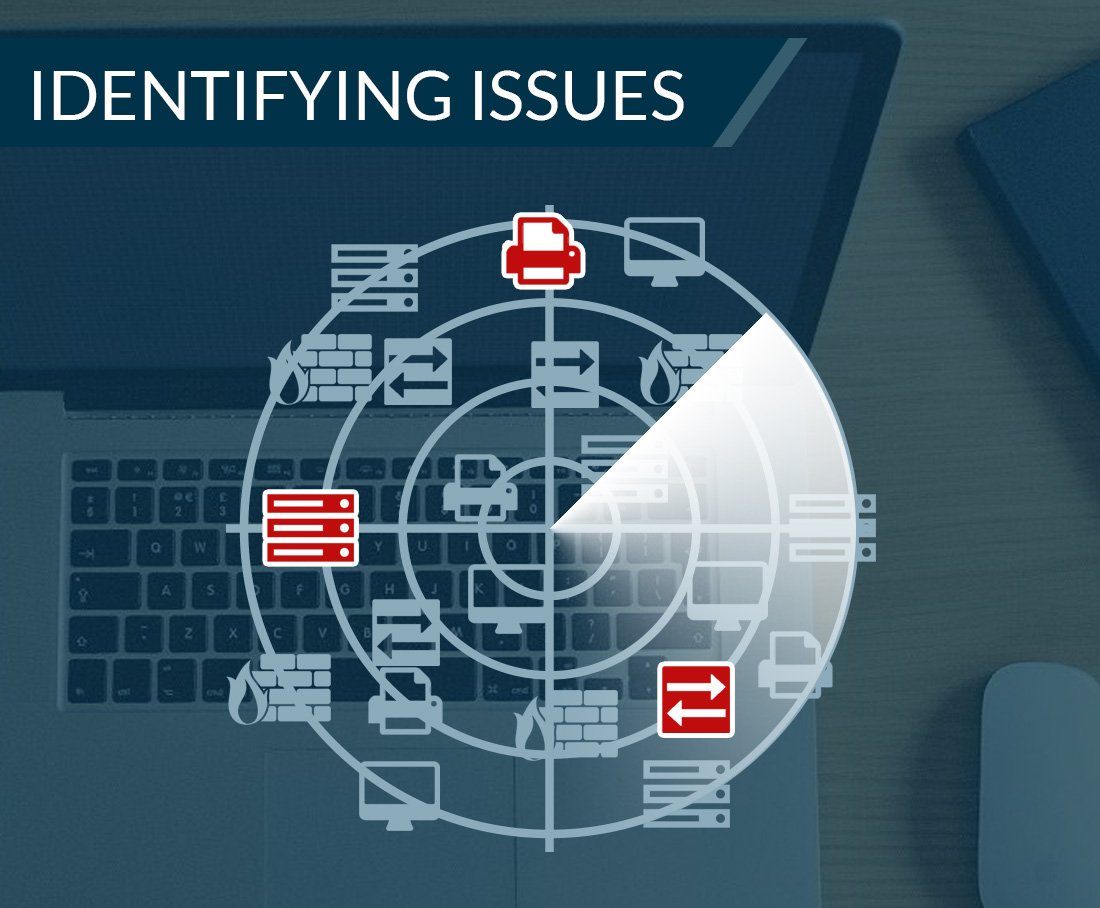How to start your journey in Machine Learning and AI
January 16, 2024 | by thecyberhub.net

The hot topic last few days has been ChatGPT and how amazing it is.
More and more people are getting interested in AI and machine learning with every new YouTube video and Twitter post.
While for some it is just a fad, many people are seriously considering a career in AI.
Introduction
Machine learning is a rapidly growing field that has the potential to revolutionize the way we live and work. From healthcare to finance, machine learning is being used to automate tasks, improve decision-making, and drive innovation. If you’re interested in getting started in machine learning, this blog post will provide you with a step-by-step guide on how to do so.
Step 1: Gain a Solid Understanding of Mathematics and Statistics
Machine learning is a highly mathematical field, and it is important to have a strong foundation in mathematics and statistics to be successful. To get started, you should focus on learning linear algebra, calculus, and probability theory. Understanding these concepts will make it easier to understand the algorithms used in machine learning and how they work.
If you are looking to gain a solid understanding of mathematics and statistics, there are many online resources available that can help. Some of the best include:
- Khan Academy – This is a non-profit website that provides free educational resources, including videos, exercises, and quizzes, on a wide range of mathematical and statistical topics.
- Coursera – Coursera is a platform that offers online courses from top universities and institutions. It has courses on mathematics, statistics, and data science that can help you gain a solid understanding of these subjects.
- edX – This is another online learning platform that offers courses from top universities and institutions. It has courses on mathematics, statistics, and data science that can help you improve your skills and understanding in these areas.
- Mathway – This is a website that provides instant solutions to mathematical problems. It can be a useful resource for improving your understanding of mathematical concepts and solving problems.
- The Open-Source Data Science Handbook – This is a free, online book that provides a comprehensive overview of data science, including topics such as statistics, machine learning, and data visualization.
- Wolfram Alpha – This is a computational knowledge engine that can help you learn about mathematical and statistical concepts, as well as provide solutions to specific problems.
- Math StackExchange – This is a question-and-answer site for people interested in mathematics. You can ask questions and receive answers from experts in the field, or help others with their mathematical questions.
Step 2: Familiarize Yourself with Python
Python is the most popular programming language for machine learning and is widely used in industry and academia. Familiarizing yourself with Python will make it easier to write and run machine learning code, and there are many resources available to help you learn the language, including online tutorials and courses.
There are many online resources that you can use to start learning Python, a popular programming language used for web development, data analysis, machine learning, and more. Here are some of the best options:
- Codecademy – This is a comprehensive, interactive platform for learning to code, including Python. It provides hands-on lessons, interactive exercises, and projects to help you gain practical experience.
- Coursera – This is an online learning platform that offers courses on a wide range of topics, including programming in Python. It provides video lectures, assignments, and quizzes to help you learn and practice your skills.
- edX – This is another online learning platform that offers courses on a wide range of topics, including Python programming. It provides video lectures, interactive exercises, and projects to help you learn and practice your skills.
- DataCamp – This is a platform specifically designed for learning data science, including programming in Python. It provides hands-on tutorials, interactive exercises, and projects to help you learn and practice your skills.
- Udemy – This is a massive online learning platform that offers courses on a wide range of topics, including Python programming. You can find courses for beginners as well as more advanced topics, and many of them are available at a discount.
- YouTube – There are many channels on YouTube that offer tutorials and lessons on Python programming, including free resources as well as paid courses. Some popular channels include Corey Schafer, thenewboston, and Automate the Boring Stuff with Python.
- The Python documentation – This is the official documentation for the Python programming language, and it is a great resource for learning the basics and getting started with programming in Python.
Whichever resource you choose, it’s important to set aside dedicated time for practice and experimentation to gain practical experience with Python programming.
Step 3: Learn the Fundamentals of Machine Learning
Once you have a solid foundation in mathematics and statistics and are familiar with Python, you can begin learning the fundamentals of machine learning. This includes understanding the different types of algorithms, such as supervised and unsupervised learning, and how they are used to make predictions and solve problems.
Step 4: Get Hands-On Experience
The best way to learn machine learning is by doing it. Participate in Kaggle competitions, work on personal projects, and contribute to open-source machine learning projects to gain hands-on experience with real-world data and problems.
Step 5: Stay Up-to-Date with Industry Trends and Advancements
Machine learning is a rapidly evolving field, and it is important to stay up-to-date with industry trends and advancements. Read articles, attend conferences, and join online communities to stay informed and connected with other machine learning professionals.
Conclusion
Getting started in machine learning can be intimidating, but with a solid understanding of mathematics and statistics, familiarity with Python, and hands-on experience, you can become proficient in the field. Stay up-to-date with industry trends and advancements, and never stop learning to continue growing and developing your skills. The future of machine learning is bright, and there has never been a better time to get involved.
I hope this is enough information to spark your interest and get you on your way to start learning about AI and Machine learning and develop some fundamental skills.
I will be working on more in-depth and more topic-specific content when it comes to AI and Machine learning in some upcoming posts.
Any feedback and suggestions are more than welcome.
Start learning Python by checking out: “Best free online resources to start learning Python today“
You can also check my “How to start a Cybersecurity career aka ZeR0 to H3Ro in 2023″
RELATED POSTS
View all


